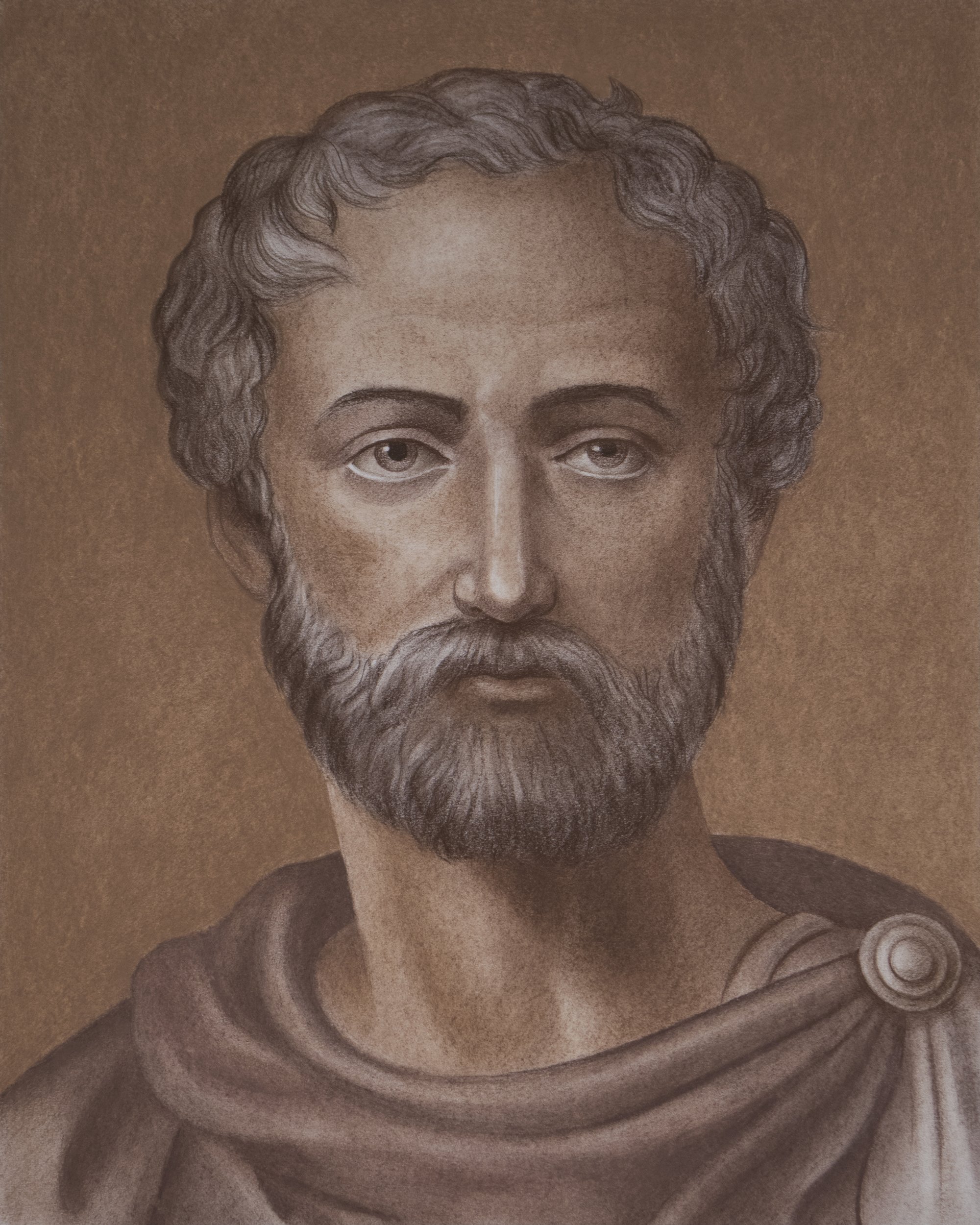About an army commander and hairy ears.
Mouse-ear hawkweed
One of the things I like to do when I stay on our hill in France, is browse botanical books. An activity I don't have the time for in the Netherlands - or at least that's what I tell myself - but allow myself in France. On the hill, however, I give myself permission to wander around the garden aimlessly to come across a plant that l will then identify in one of the botanical books we have lying around. Doing so, it is possible that I end up reading about hawks and a commander of the early Roman Empire because my eyes fell on a little yellow flower in the grassland. How these are related? I'll tell you in a nutshell.
Mouse-Ear Hawkweed
Our grassland in May is covered with yellow flowers. Common flowers, but I never bothered to name them. They resemble Dandelions but I could see that their leaves are hairy, which is not the case with Dandelions. So I picked up my botanical book and found out that these brightly blooming yellow flowers are called Mouse-ear hawkweed, a name that immediately aroused my curiosity. Mouse-Ear hawkweed (Hieracium pilosella)? I was able to fill in the first part of the name with a little imagination, because the hairy oval leaves at the base of the plant do resemble the ears of mice. But Hawkweed? Well, dear ones, that brought me to Gaius Plinius Secundus better known as Pliny the Elder who was a Roman author, naturalist and natural philosopher, as well as naval and army commander of the early Roman Empire. This man, also in his spare time though not on a French hill, studied and wrote about natural phenomena he encountered in the field. A bit like me, one could say, except for the fact that he wrote 37 books, organized into 10 volumes (Naturalis historia), and I just write a short blog post. But those are details. The moral of this story is that it is very relaxing to identify a flower and get lost in botanical books. So you find out that the Roman naturalist Pliny the Elder believed that hawks fed on this plant to strengthen their eyesight. To hunt mice? With those tiny sweet furry ears? Like those of the cheerful yellow flowers? At the end of the day, on our French hill with a view of an incredibly beautiful landscape, you are a lot wiser than at the beginning of the day. And more relaxed. And isn't that what life is all about?
Pliny the Elder
Hawk eating a mouse
The namesake of the yellow flower: mouse ears








